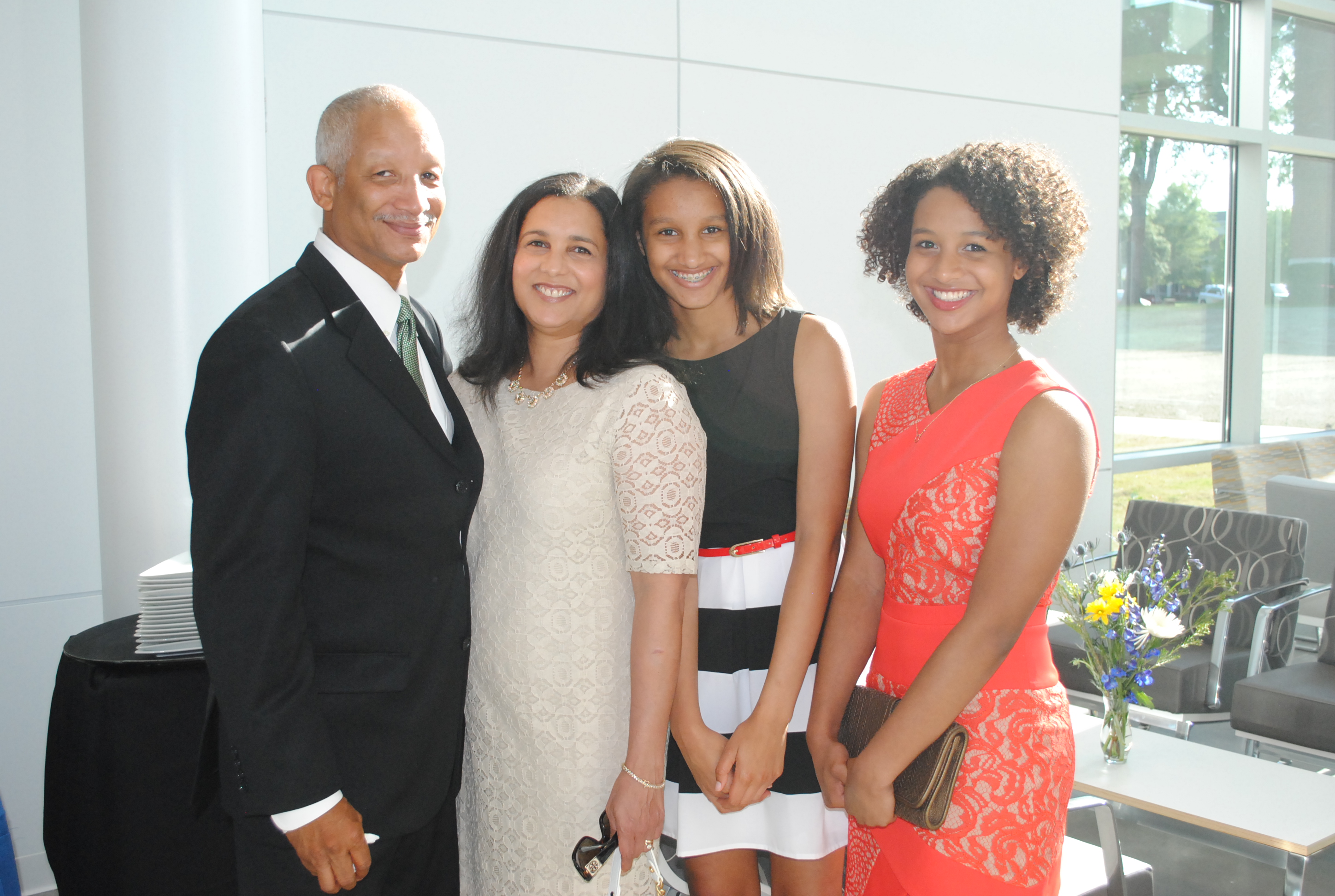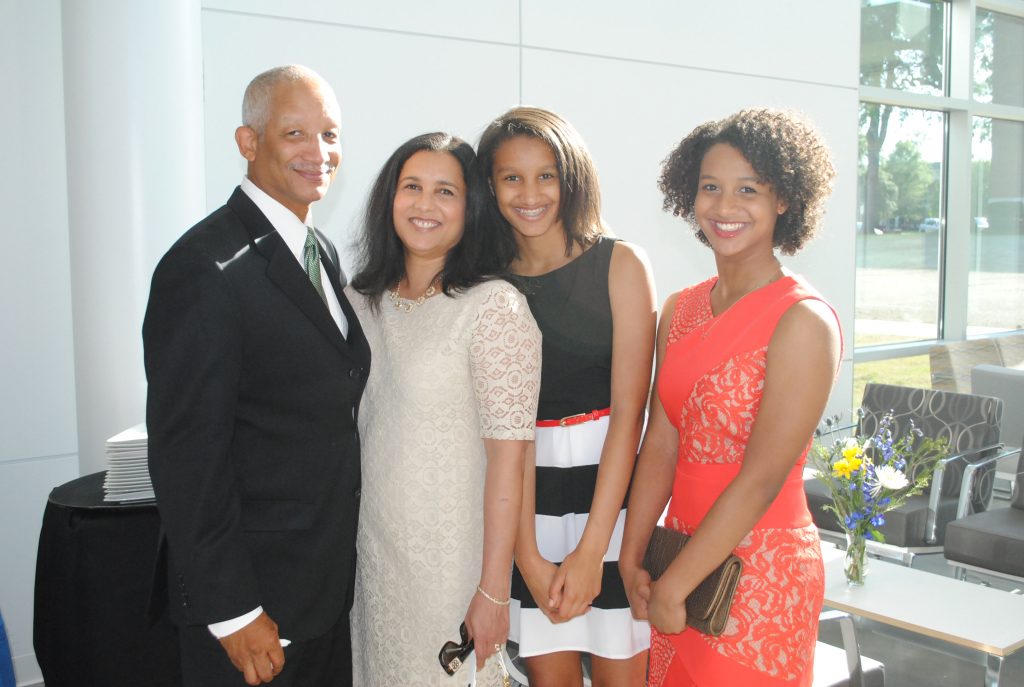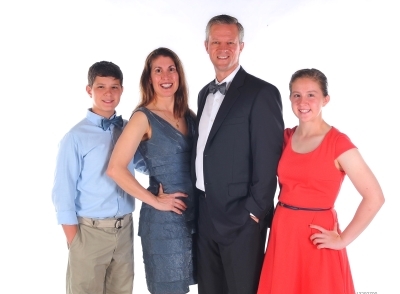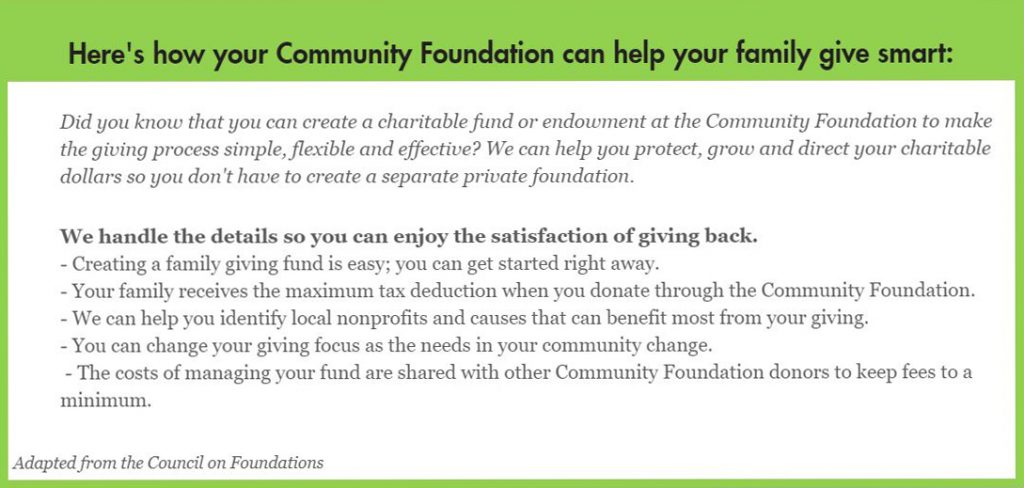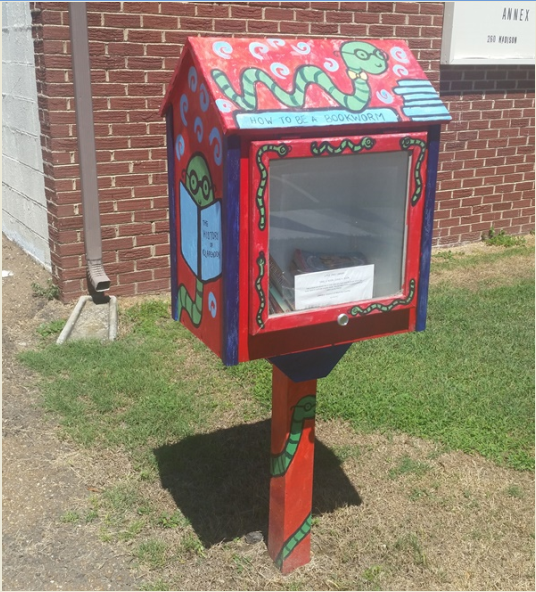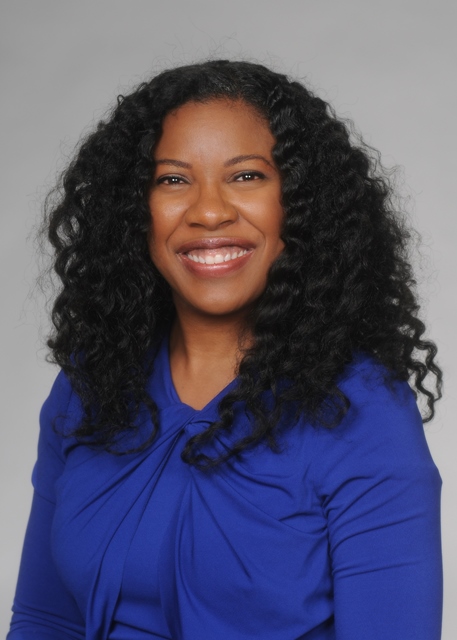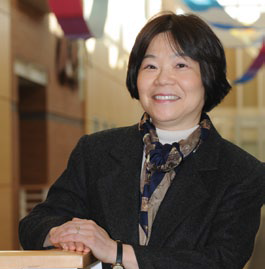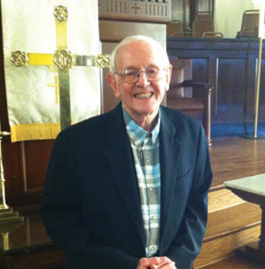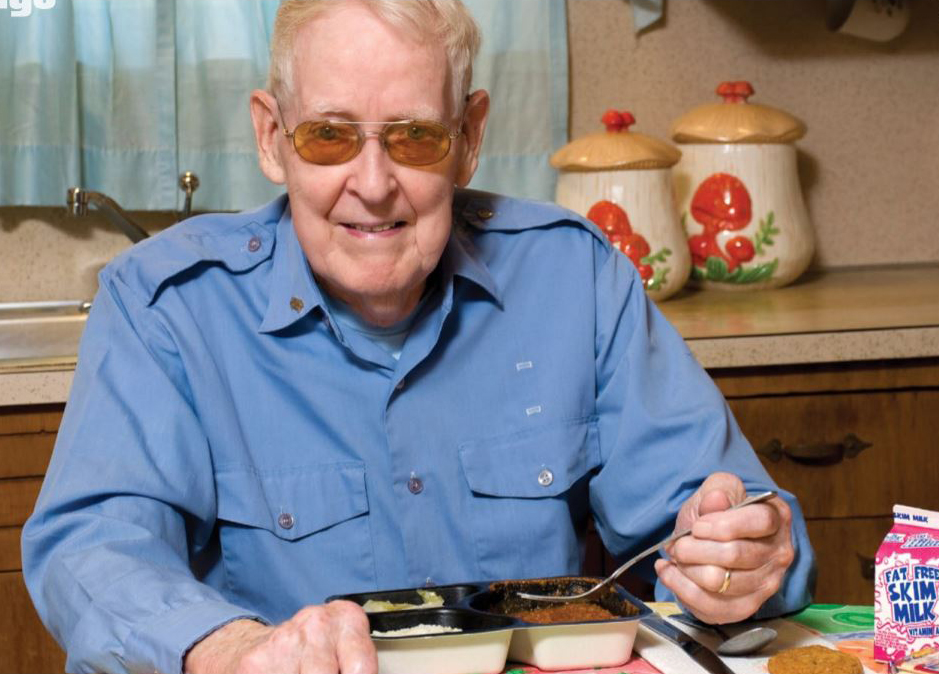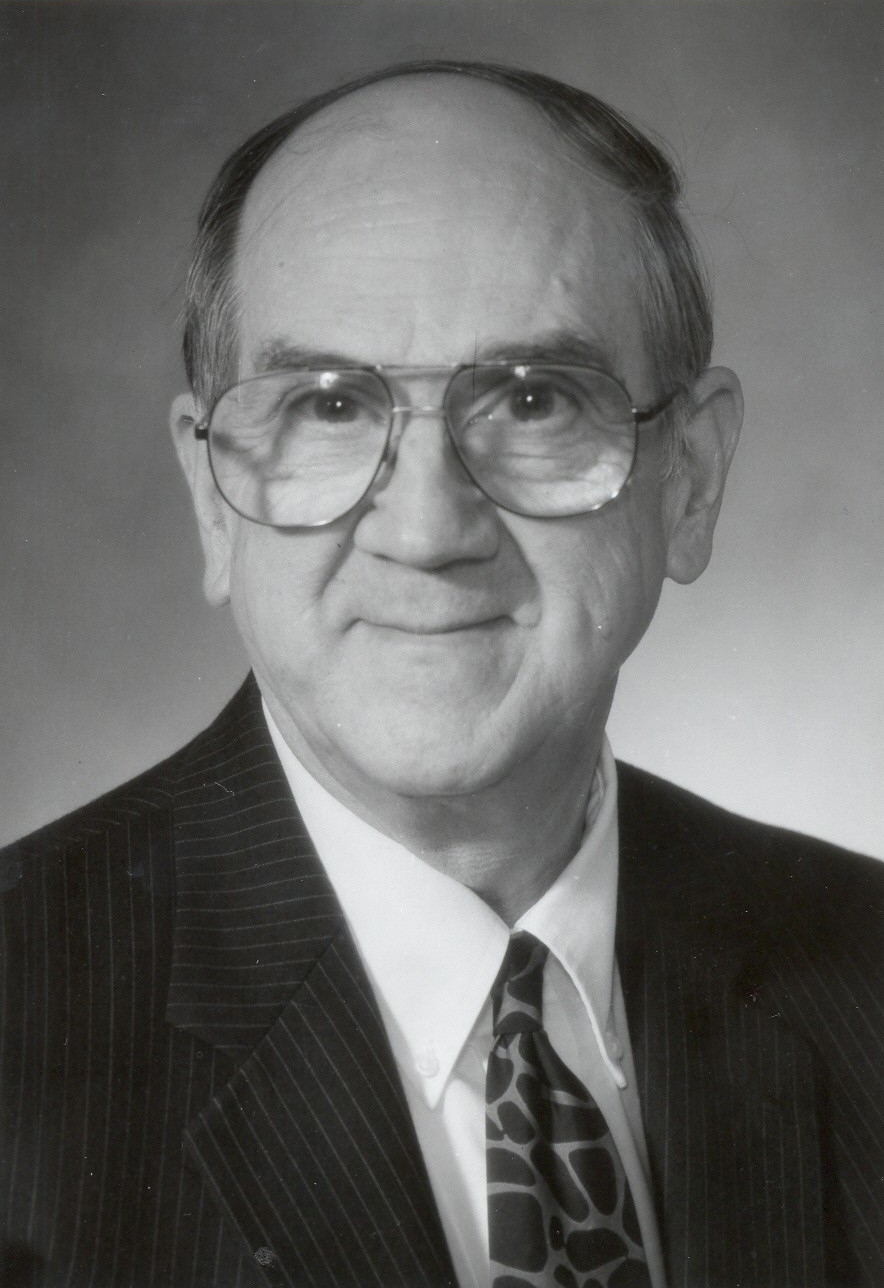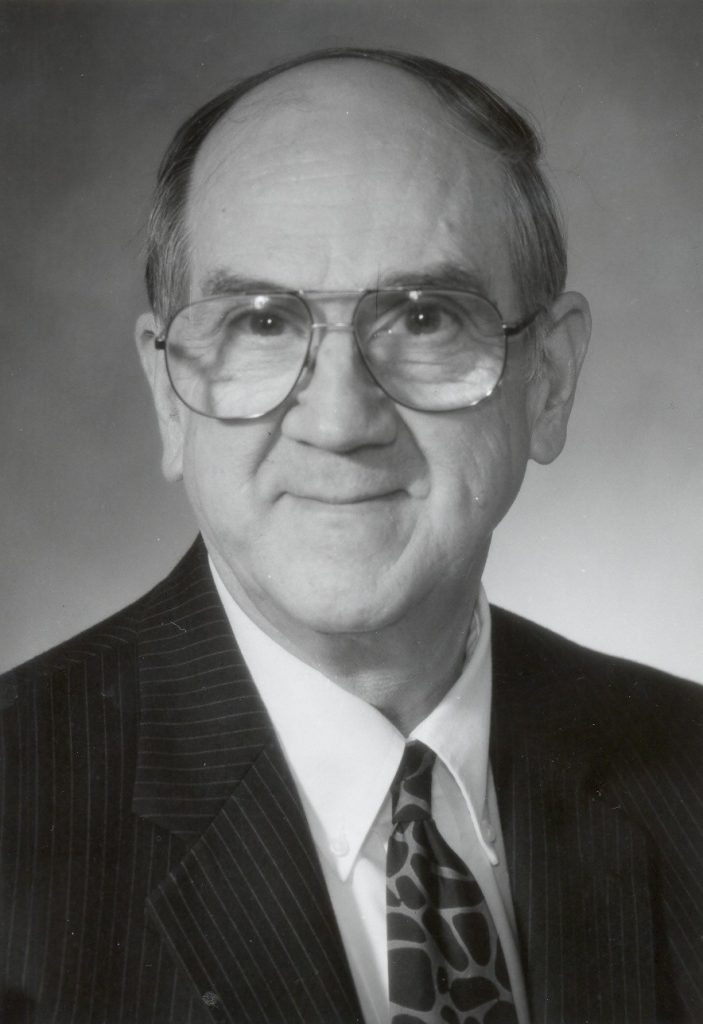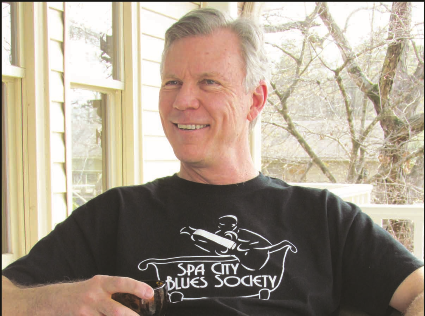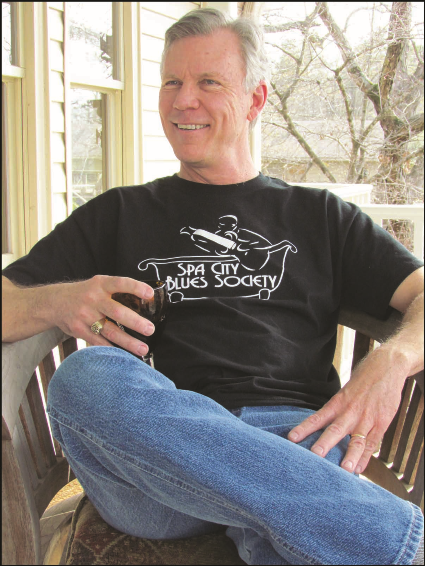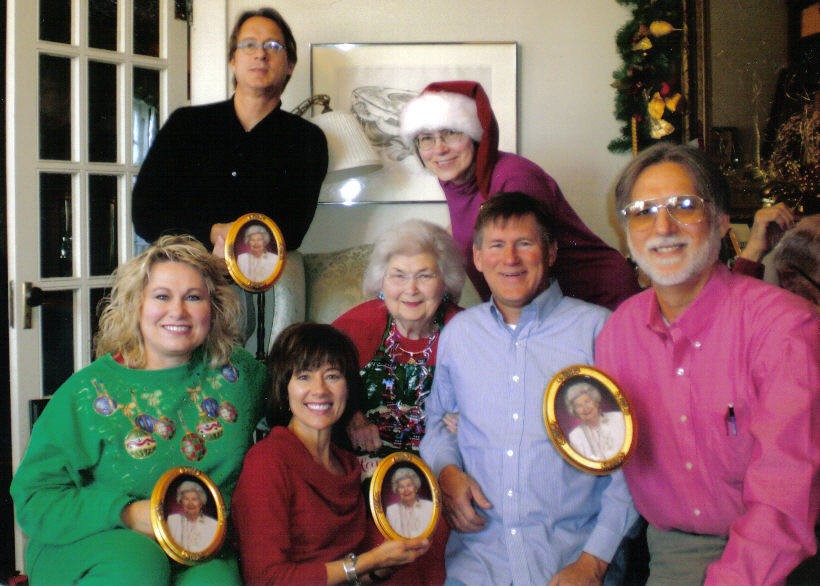
Originally from Prescott, Arkansas, the late Betty Teeter Sloan made Jonesboro her home and advocating for that community her life’s mission.
This former Arkansas Community Foundation board member set up an endowment that ensures her charitable legacy and engages the current and future generations of her family in giving.
Her eldest son John T. Sloan of Jonesboro, eldest daughter Kitty Sloan of Paragould and granddaughter Caroline Sloan Bednar of Little Rock now serve as advisors for grantmaking decisions from the Betty T. Sloan Charitable Endowment. They hope to eventually involve all six children, seven grandchildren and, so far, two great granddaughters, who are spread across Arkansas, California, Colorado, Florida and New Mexico. Kitty Sloan answers our questions about giving:
What are the chief challenges that you confront in your family’s giving?
Mother died November 4, 2014, at age 91. Our challenge will be to think of grants she would have supported. Sending an annual donation to the United Way of Northeast Arkansas was an easy first decision because one of the reasons she set up her endowment was to be a perpetual United Way Pillar. She was the local United Way fund drive chair 30 years ago and her support of cooperative community-based giving never wavered.
What is your family’s highest priority when considering a grant to a non-profit?
I think our guide will always be: What would Mother do? She was involved in and supportive of so many activities in Jonesboro. We want to continue her legacy. She also was always educating herself about every aspect of the community. So, this first year on our own, we decided to grant to Leadership Jonesboro, which is sponsored by the Jonesboro Regional Chamber of Commerce. Mother was involved in Chamber activities for three decades, and its community promotion award is named for her. We know she would approve of helping to train new leaders for Jonesboro’s diverse nonprofit groups. We are also looking at ideas to support The Forum, the 1926 movie theater that Mother helped transform into a city-owned performing arts venue in 1978. We will continue to try to think of grants she might have thought of herself. That will be a challenge, too, because she always had innovative ideas.
What is philanthropy to your family?
We inherited a community-based vision of philanthropy from both parents. Our father, James E. Sloan, who died in 1979, was very active in his hometown of Jonesboro. With the help of friends in the Craighead County Farm Bureau, a scholarship for agriculture majors at Arkansas State University (ASU) was established in his name (now named for both Betty and Jim Sloan). After raising six children, Mother became more involved in the community. She often noted that if she could not give a lot of money, she gave a lot of her time. Even as president of E. Sloan Farms, she would also list her occupation as “community volunteer.” Arkansas Community Foundation will now be an opportunity for each generation to remember “Nana” and her generous spirit.
To what extent do you give from the head versus the heart?
The heart will always be guided by the head, just as Mother was. A valid question for each project might be: Will this be a practical path to an emotional payoff? Years ago, when the family was approached to make a pledge to the Flo and Phil Jones Hospice House in Jonesboro, the donation was a way for us to contribute to the community and also to recognize the late Flo Jones, the nurse who introduced the hospice concept to Jonesboro and who counseled us when we were caring for our father at home during the months he was dying from untreatable prostate cancer. Part of the emotional payoff is that we personally know how families benefit from having the option of the Hospice House available. It is rewarding to have our family’s name attached to the furnishings of the family room there.


